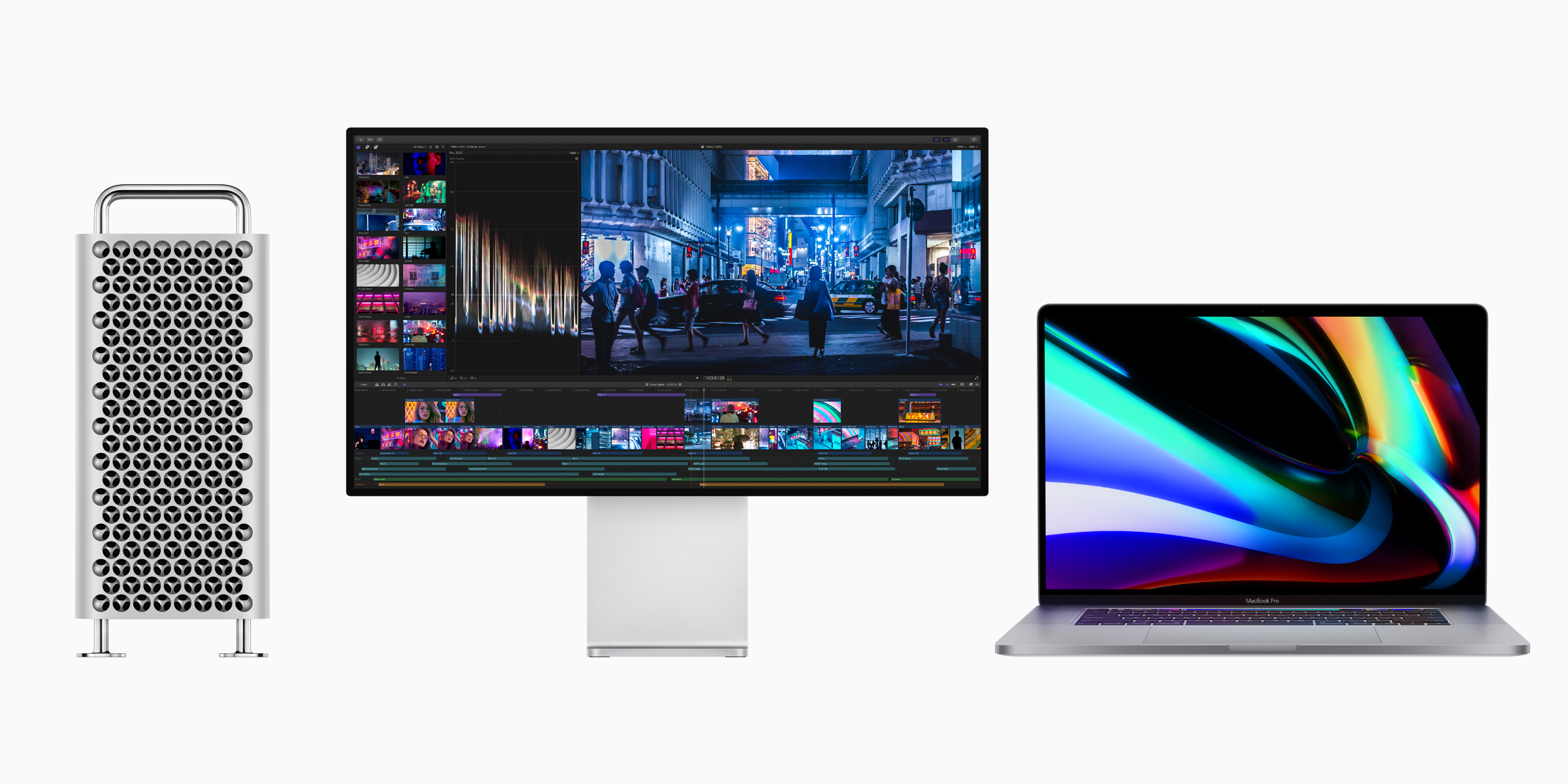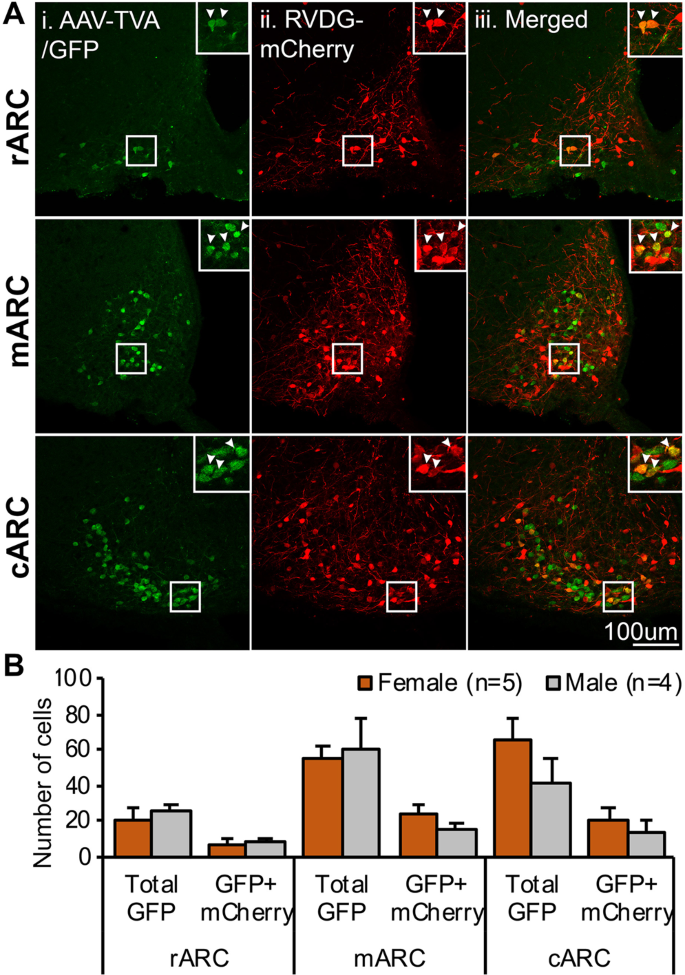

- TRACE ADOBE AIR COMMUNICATION IN OS X MAC OS X
- TRACE ADOBE AIR COMMUNICATION IN OS X MAC OS
- TRACE ADOBE AIR COMMUNICATION IN OS X WINDOWS
Var menuItem:ContextMenuItem = new ContextMenuItem("Change Color") The following example provides aĭynamically drawn square with a context menu command to change it Setting the Stage propertyĬreate a customized context menu for a specific display object,Ĭreate a new instance of the ContextMenu class, call the Remove all of these default commands from the menu, except for the Private function createContextMenu():ContextMenuĬontext menus in SWF content always have built-in items. Not available from the NativeMenuEvent object.įollowing example creates a Sprite and adds a simple edit context The object that was clicked to open the menu. Properties is that contextMenuOwner identifies the object to which

One benefit provided by the ContextMenuEvent object You can listen for either native menu events or context menusĮvents when using the ContextMenu and ContextMenuItem classes bothĪre dispatched. Player runtime, only the ContextMenu class is available. In the AIR runtime, the menu object assigned toĮither be of type NativeMenu or of type ContextMenu. InteractiveObject can be given a context menu by assigning a menuĪre included by default, including Forward, Back, Print, Quality,Īnd Zoom. In SWF content, any object that inherits from Window menus instead of the native classes. If you are using the Flex Framework, use the Flex menu classes for Another benefit of using the Flex menuĬomponent is that you can specify menus declaratively in MXML format.
TRACE ADOBE AIR COMMUNICATION IN OS X WINDOWS
A Flex menu component can be used for Flex windows The Flex menusĪre drawn by the runtime rather than the operating system and are Such menus must be fully rendered insideįramework provides a set of Flex menu components. You can always create your own custom, non-native menus using MXML,ĪctionScript, or JavaScript (in AIR). Menus can be displayed anywhere in a window by calling theĪre drawn entirely by the operating system and, as such, exist outside On Windows or Linux, there is no standardĪn AIR pop-up menu is like a context menu, but is not necessarilyĪssociated with a particular application object or component.
TRACE ADOBE AIR COMMUNICATION IN OS X MAC OS
On Mac OS X, the items in the menu are added above the standard

Dock and system tray icon menus use the NativeMenuĬlass.
TRACE ADOBE AIR COMMUNICATION IN OS X MAC OS X
Icon in the Mac OS X dock or the Windows and Linux notificationĪreas on the taskbar. Icon menus are similar to context menus and are assigned to an application Native window menus can only be used with windows that have systemĭock and system tray icon menus (AIR only) On the Windows and Linux operating systems, but not on Mac OS X. NativeMenu object and assigning it to the Menus can be added to a window by creating a Or you can remove existing items.Ī window menu is associated with a single window and is displayedīelow the title bar. You can add listeners for handling the existing menuĬommands. You can use the AIR menu API to add items and submenus On Mac OS X, the operating system automatically createsĪn application menu. Application menus are supported on Mac OS X, but HTML and JavaScript APIs to add context menus to HTML elements.Īn application menu is a global menu that applies to theĮntire application. In HTML content in AIR, you can use the Webkit You can create a context menu using either the NativeMenu or theĬontextMenu class. Some, but not all, of the built-in commands. You can use the ContextMenu and ContextMenuItemĬlasses to add your own commands to the menu. In the Flash Player runtime, a context menu On an interactive object in SWF content or a document element in QuadCore Intel Core i7-7700K, 4800 MHz (48 x 100)Īsus Strix Z270H Gaming (3 PCI-E x1, 3 PCI-E x16, 2 M.Context menus open in response to a right-click or command-click


 0 kommentar(er)
0 kommentar(er)
